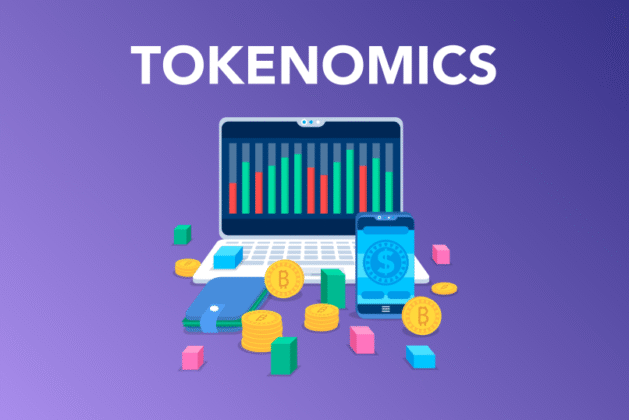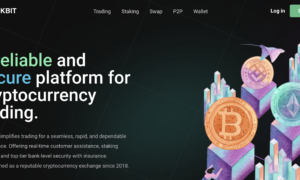The rise of Web3 has redefined how we think about ownership, decentralization, and economic participation. But beneath the promise of innovation lies a pressing question: are the economic foundations of Web3 sustainable, or are they being eroded by rampant speculation? This article explores the mechanics of tokenomics, the role of speculation, and whether Web3 can achieve long-term viability.
Introduction
Web3, the next evolution of the internet, promises a decentralized digital landscape powered by blockchain technology. Unlike Web2, where central authorities controlled data and monetization, Web3 aims to redistribute power to users through decentralized networks and token-based economies. But as billions of dollars flow into the space, concerns are mounting: are these token-driven ecosystems sustainable, or are they just another speculative bubble?
To answer this, we must delve into the heart of Web3’s economic model—tokenomics—and examine the influence of speculation on its growth and stability.
What is Tokenomics?
Tokenomics, or token economics, refers to the design and function of cryptocurrencies or digital tokens within a blockchain ecosystem. It encompasses how tokens are created, distributed, used, and how they accrue value over time. A well-structured tokenomics model aligns incentives between developers, users, and investors.
Key components include:
- Token Supply – Fixed or inflationary supply can drastically influence perceived value.
- Utility – What can the token actually do? Is it a governance token, a utility token, or a store of value?
- Incentives – Are users rewarded for participation, staking, governance, or providing liquidity?
- Burn Mechanisms – Does the model include deflationary strategies like burning tokens?
- Distribution – Are tokens fairly distributed or concentrated among a few wallets?
Well-designed tokenomics can support a thriving ecosystem, but poor design can lead to manipulation and collapse.
The Speculation Problem
Speculation is a double-edged sword. On one hand, it brings attention, liquidity, and funding. On the other, it can undermine the foundational goals of decentralization and utility.
The Web3 space is flooded with projects whose tokens skyrocket not because of solid fundamentals or real-world use, but because of hype cycles, influencer marketing, and fear of missing out (FOMO). Investors often enter not to support a vision, but to flip tokens for quick profit.
This dynamic creates several risks:
- Volatility: Excessive speculation leads to unpredictable markets, scaring away real users and developers.
- Short-Term Focus: Projects may prioritize token price over actual product development.
- Pump and Dump Schemes: Bad actors manipulate prices, leaving retail investors holding worthless tokens.
When speculation overshadows utility, it weakens user trust and undermines the broader legitimacy of Web3.
Can Tokenomics and Speculation Coexist?
Yes—but it requires careful balance.
Speculation is intrinsic to markets, especially emerging ones. Rather than eliminating it, Web3 must find ways to channel it productively. Some successful strategies include:
- Robust Governance Models: Giving real decision-making power to token holders can turn investors into engaged stakeholders.
- Progressive Token Unlocks: Releasing tokens gradually encourages long-term commitment over short-term flipping.
- Real Utility: Tokens should do more than represent value. They must enable access, participation, or rewards.
- Transparent Roadmaps and Audits: Clear communication and accountability build trust and reduce hype-driven cycles.
When communities see the token as a tool rather than a lottery ticket, ecosystems are more likely to grow organically.
Is Web3 Economically Sustainable?
The jury is still out, but signs are encouraging. Despite the noise, real innovation is happening:
- DeFi protocols are creating decentralized financial services that rival traditional banking.
- NFT platforms are empowering creators with new revenue streams.
- DAOs are pioneering new governance and funding models.
However, sustainability requires more than innovation. It demands:
- Education: Users must understand tokenomics to make informed decisions.
- Regulation: Sensible frameworks can protect users without stifling innovation.
- Long-Term Thinking: Projects need to prioritize value creation over price speculation.
Conclusion
Web3 is at a pivotal juncture. Tokenomics has the potential to redefine how economies function online, but unchecked speculation could derail its promise. For Web3 to be economically sustainable, it must evolve past the hype, embrace transparency, and build for utility and community.
The future isn’t predetermined—it’s being built. The question is: will it be built on solid foundations or shifting sands?
Read More: Cryptocurrency: A Comprehensive Guide to the Future of Finance




